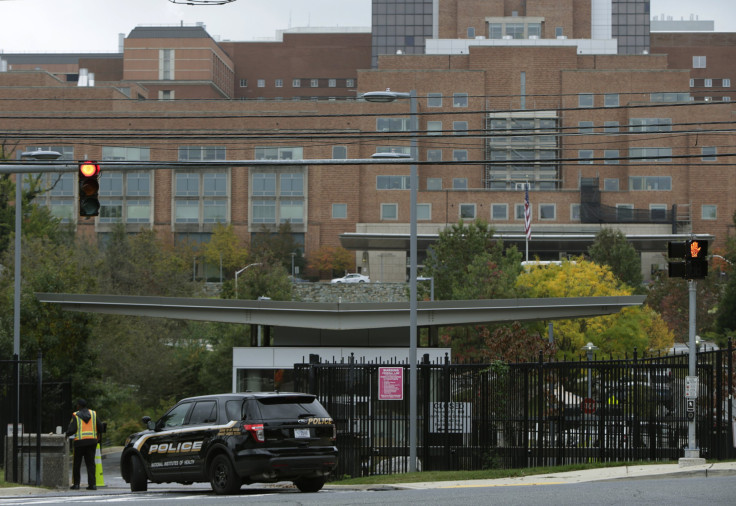Life Expectancy For Black Populations In US Lower Than Whites, Study Says Disparities Run Deep
KEY POINTS
- The study estimated the life expectancy of five racial-ethnic groups
- Black populations experienced shorter life expectancy than white populations
- No improvement was seen in American Indian and Alaska Native populations' life expectancy
A nationwide National Institutes of Health (NIH) funded study has found widespread and enduring differences in life expectancy of individuals belonging to diverse ethnicities and living in different counties in the U.S.
The findings of the study, published in the journal The Lancet, offered insight into where we live and who we are in connection to health disparities.
"The Lancet paper offered the first comprehensive U.S. county-level life expectancy estimates to highlight the significant gaps that persist among racial and ethnic populations across the nation," National Institute on Minority Health and Health Disparities (NIMHD) Director Dr. Eliseo J. Pérez-Stable said in the NIH director's blog.
The study estimated the life expectancy of five racial-ethnic groups (non-Latino and non-Hispanic White [White], non-Latino and non-Hispanic Black [Black], non-Latino and non-Hispanic American Indian or Alaska Native [AIAN], non-Latino and non-Hispanic Asian or Pacific Islander [API], and Latino or Hispanic [Latino]) from 2000 to 2019 in 3,110 U.S. counties.
"The analysis revealed that despite overall life expectancy gains of 2.3 years from 2000–2019, Black populations experienced shorter life expectancy than White populations," Pérez-Stable commented.
Additionally, no improvement was seen in American Indian and Alaska Native populations' life expectancy. In fact, it decreased in most counties.
"We found national-level life expectancy advantages for Hispanic/Latino and Asian populations ranging from three to seven years, respectively, compared to White populations. But there were notable exceptions for Hispanic/Latino populations in selected counties in the Southwest," Pérez-Stable stated.
On the whole, there was an alarming trend of stagnated life expectancies across all races and ethnicities. In 60% of the counties, there was actually a decrease in overall life expectancy.
According to Pérez-Stable, the findings exhibit the many ways in which disparities exist, including race, ethnicity, and geographic region. They also put the spotlight on the differences that exist within local communities.
"This level of detail offers an unprecedented opportunity for researchers and public health leaders to focus on where these differences are the most prominent, and possibly give us a clearer picture on what can be done about it," Pérez-Stable said.
The data also makes one wonder what are better faring places doing to care for their disadvantaged groups, and more importantly, can those efforts be replicated in places that do not have that level of health equity?
To find answers to these questions, the Global Burden of Disease U.S. Health Disparities Collaborators at NIH, in partnership with Institute for Health Metrics and Evaluation (IHME), has produced an extensive database along with an interactive data visualization tool. The database will soon include causes of death, risk factors like race/ethnicity and education, and segregation of some of the major racial-ethnic groups.
"As a clinician scientist, I have made a personal commitment at NIMHD to foster and encourage data collection with standardized measures, harmonization, and efficient data sharing to help us explore the nuances within all populations and their communities," Pérez-Stable said.
"Without these guiding principles for managing data, inequities remain unseen and unaddressed. Scientists, clinicians, and policymakers can all potentially benefit from this work if we use the data to inform our actions. It is an opportunity to implement real change in our NIH-wide combined efforts to reduce health disparities and improve quality of life and longevity for all populations," the director added.

© Copyright IBTimes 2025. All rights reserved.





















